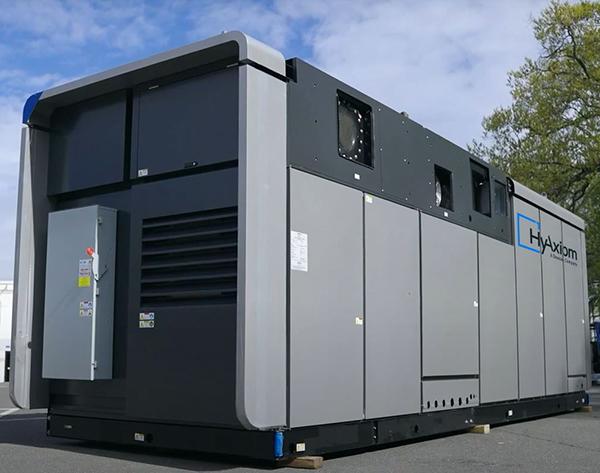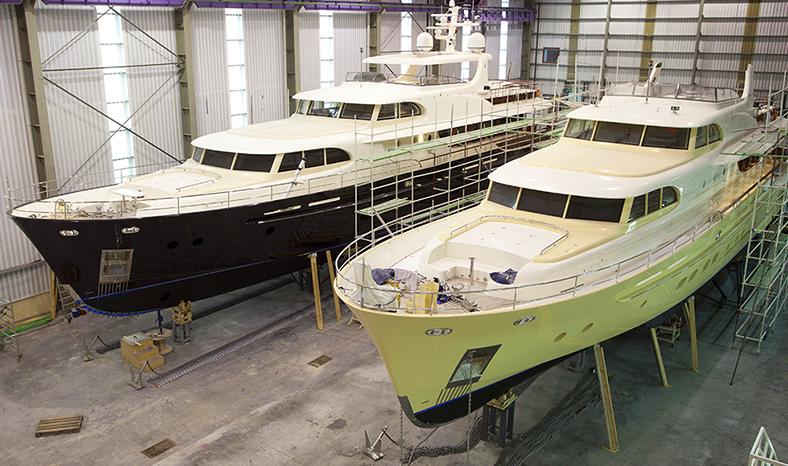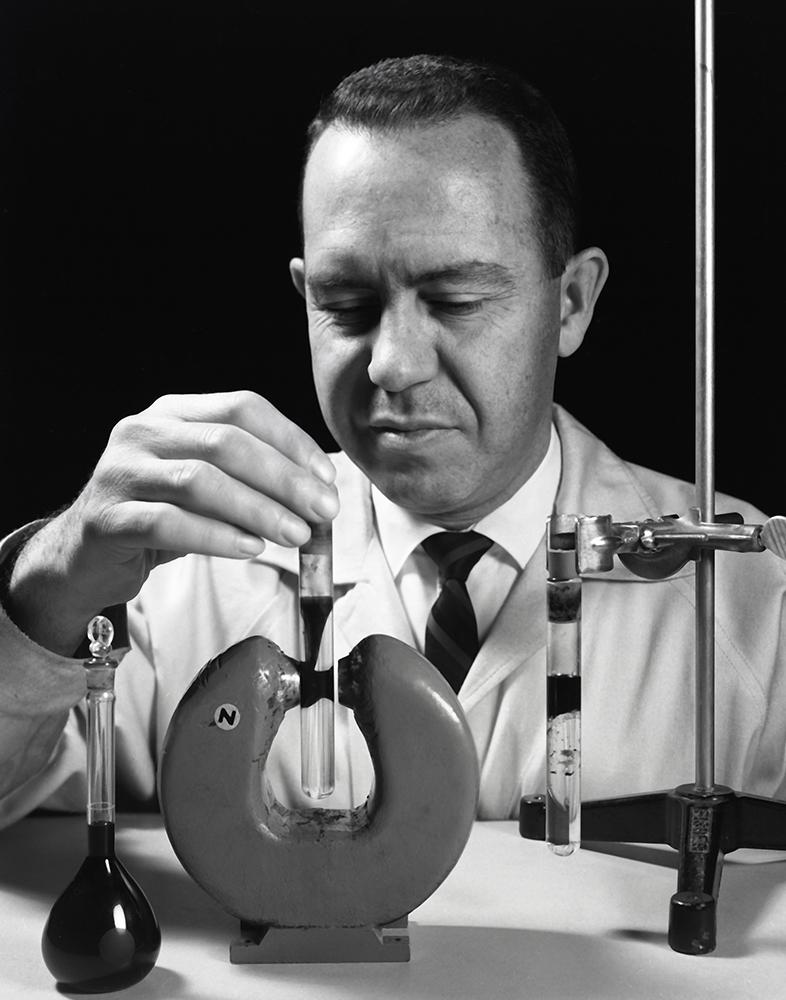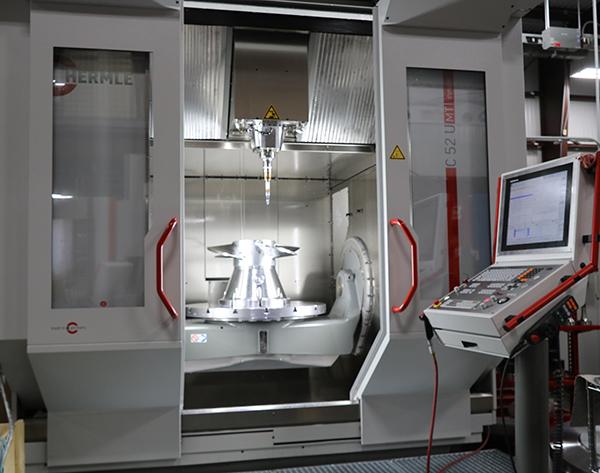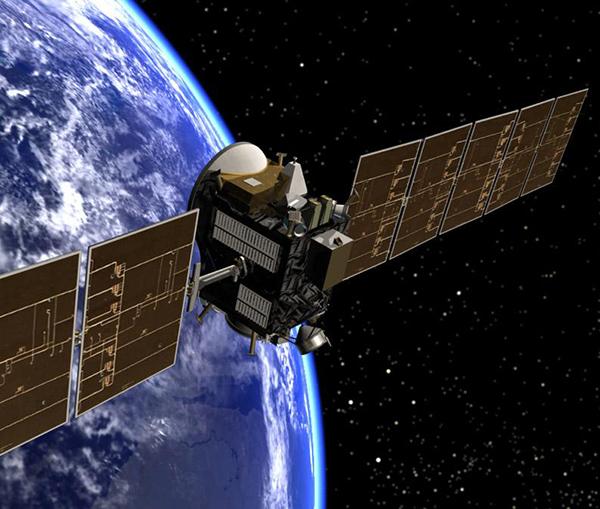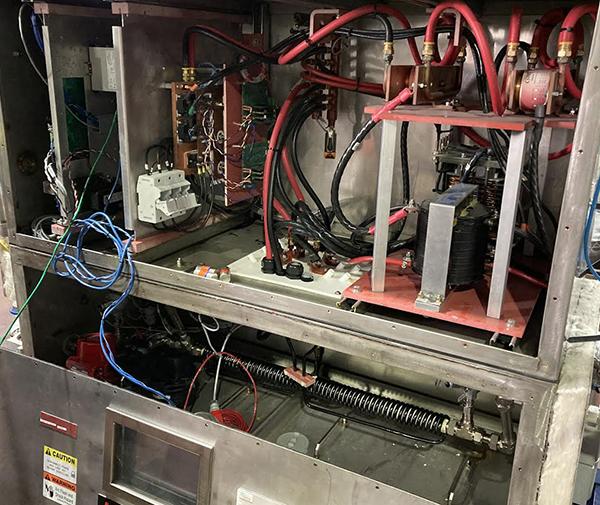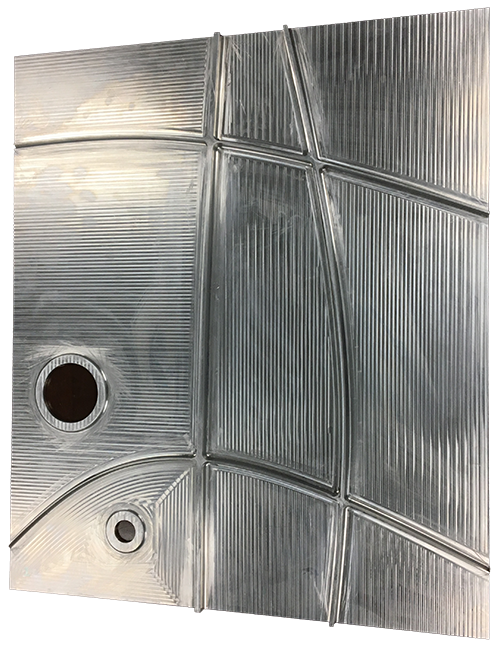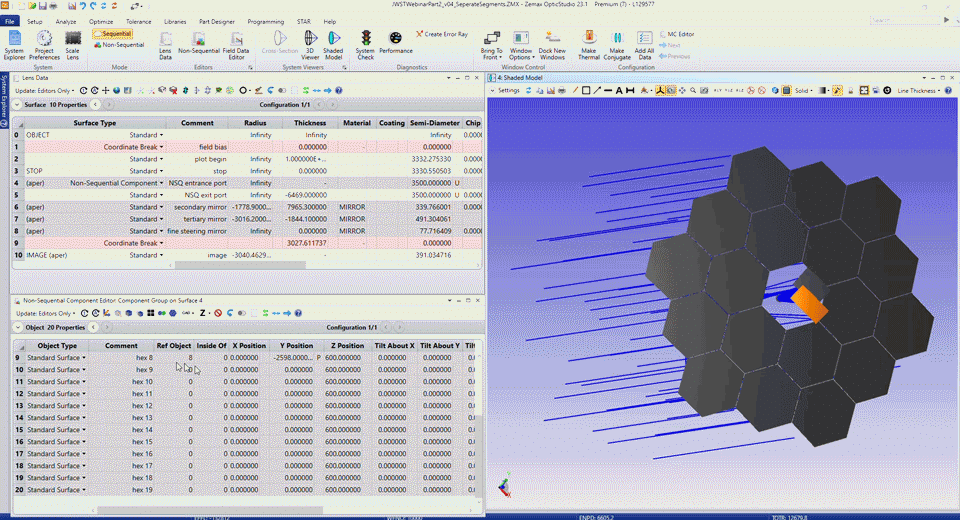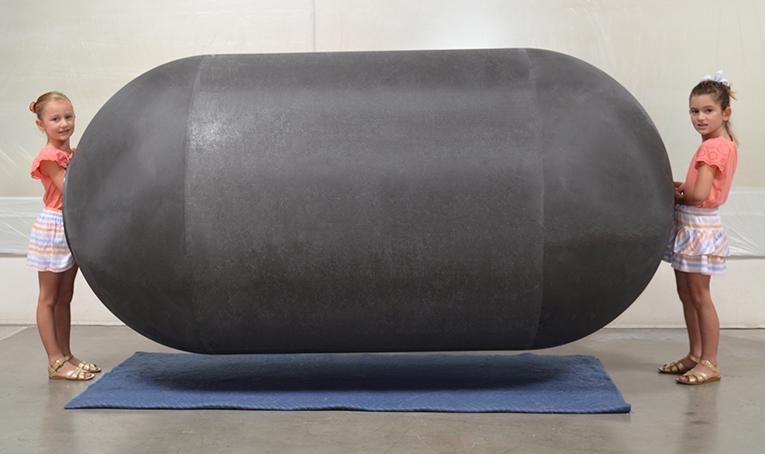Space Age Training
In the increasingly competitive global environment of the 1990s, a vital asset for any company is a skilled and efficient workforce. Entry level training and regular upgrading for experienced employees has become as important to a company's future as its end product.
Teledyne Brown Engineering (TBE), Huntsville, Alabama has introduced to the commercial market an innovative training aid designed to ease industry's instructional task. The company has developed a computer-based system for industrial process training that, says TBE, offers "significant improvements in effectiveness, standardization and quality, as well as cost reduction in comparison with the usual classroom and on-the-job training approaches." Known as the Interactive Multimedia Training (IMT) system, the commercial package is an offshoot of a system developed by TBE, under Marshall Space Flight Center management, to train astronauts and space operations personnel in the on-orbit operation of scientific experiments.
The experiments involved growing crystals as part of the USML-2 (U.S. Microgravity Laboratory) mission on Space Shuttle flight STS-73, which was launched on October 20, 1995. Carried within a pressurized Spacelab module that enables astronauts to work in a shirtsleeve environment, USML-2 embraced a wide-ranging array of crew-tended investigations of the behavior of crystals, fluids and other materials in the near-zero-gravity conditions of low Earth orbit.
The crew used a Teledyne Brown advanced, high temperature furnace for growing electro-optical and protein crystals. Space-grown crystals are larger and more uniform than crystals grown in Earth's gravity, and observation of these crystals during orbital flight offers scientists an opportunity to gain a better understanding of the crystals' molecular structures, research that can pave the way to a broad variety of practical applications. TBE's contract with Marshall Space Flight Center called for training the crew of STS-73, along with ground-based space operations technicians and investigators of crystal growth processes, in the complexities of the furnace's hardware and software and the scientific/operational procedures involved in crystal growth research.
Spacelab training normally requires sending trainees to special facilities where they use manuals, briefings and simulation to learn how to operate Space Shuttle in-flight experiments. It takes two years to prepare and conduct a training program, and it requires the participation of trainees and instructors at widespread facilities around the world.
Looking at rising trainee travel costs at a time of lower space funding, together with accelerated Shuttle schedules and reduced training time, NASA and TBE decided they had to find a better way to train space operations teams.
They found the better way in IMT, a system whose development is based on TBE's proven training philosophy that "people learn faster and retain more by participating actively in the learning experience." IMT presents information in a way that engages all the senses, using text, video, animation, voice, sounds and music. It allows learners to direct their own learning, at their own pace; they can repeat portions of the training program as many times as necessary to achieve complete understanding. Advanced types of simulations put learners in role-playing scenarios where they must react or interact as they would on the job; software driven simulations provide hands-on training, enabling learners to practice in a controlled environment with realistic feedback.
Among the advantages of multimedia training cited by TBE are its capability for simple explanation of difficult concepts; increased trainee comprehension and shorter learning time; standardized course quality and content, not dependent on the knowledge and skills of the individual instructor; and reduced or eliminated travel time and expense.
The USML-2 flight served as a test bed for evaluating the IMT approach; it turned out to be a highly successful "proof of concept" that established the value of multimedia training as an effective instructional tool. It prompted TBE to bring the system to the commercial market and offer industry a packaged course, customized to a particular industrial activity, for qualifying new hires and recertifying experienced workers.
The initial customer for the commercial course was another major aerospace firm, also located in Huntsville-PPG Industries Aircraft Products, the world's largest supplier of aircraft transparencies. TBE customized a program to meet the needs of PPG's high tech, job shop, production environment; it provides an overview that explains how the new worker's job fits into the company's overall production, emphasizes proper use of safety equipment, and describes a variety of problems that might be encountered in manufacturing PPG products and the proper way of correcting them. In addition, the software provides automated testing and feedback for operator certification.
PPG found that the interactive multimedia approach is a more effective training medium than prior methods, that new hires benefit substantially from the opportunity to study at their own pace, and that the program is easily modified to accommodate new equipment or improved production processes.
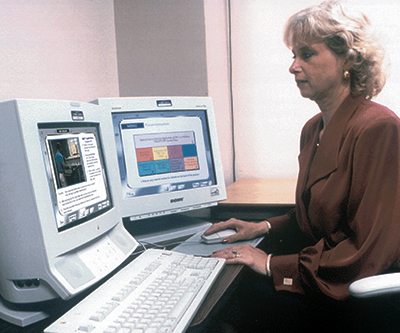
Kathie Barnett of PPG Industries undergoes on-the-job training with the help of a new Interactive Multimedia Training system. Developed by Teledyne Brown Engineering, the system is a commercial derivative of a training system used in Space Shuttle science operations.





